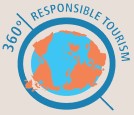Argentina, especially in the regions that we visit, is free from any endemic diseases that require specific vaccinations. Unlike most of the rest of Latin America, the tap water is drinkable throughout most of the country. In areas without clean tap water, you will be advised in advance and drinking water will be made available.
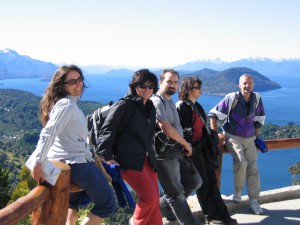 |
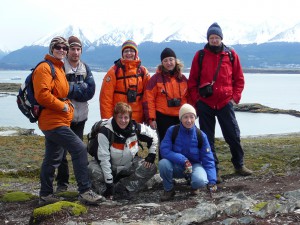 |
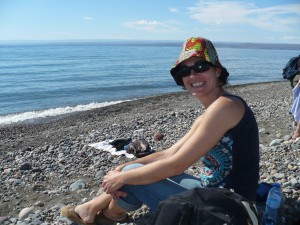 |
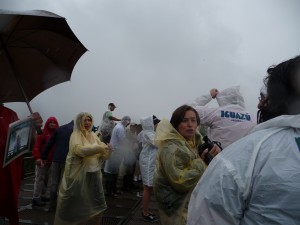 |
Argentina is located in the Southern Hemisphere meaning that the seasons are opposite to those of the Northern Hemisphere. Therefore, the summer period in the Northern Hemisphere is the winter period in Argentina. The winters in Buenos Aires are moderate while the summers can be very hot and humid. The Province of Misiones is located in the subtropical region of the country and therefore the climate is hot and humid from December to March and it never gets much colder that 25 degrees. In the Northwest, the temperature varies greatly according to altitude and ranges from hot in the valleys to quite cold in the higher mountain altitudes. Travelling south through the country, the climate becomes consistently cooler reaching below zero in the glacial areas and Tierra del Fuego in the wintertime. High winds and cool temperatures are the norm all along the Atlantic Coast, although temperatures are much higher in the months of November to March.
Clothing varies according to your destination and the time of year. In the North, light sporty clothing is recommended while thicker clothing is required in the South. In general, you should bring a light jacket, good hiking shoes, a fleece, a hat, a scarf, sporty clothing and appropriate city clothes. It is also a good idea to have an outfit for going out in Buenos Aires as it is a very fashionable city. We also recommend sunscreen and sunglasses.
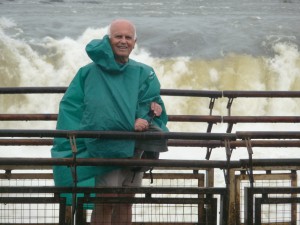 |
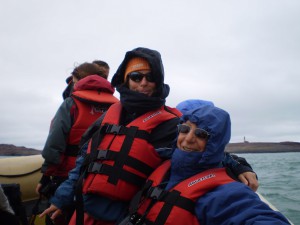 |
